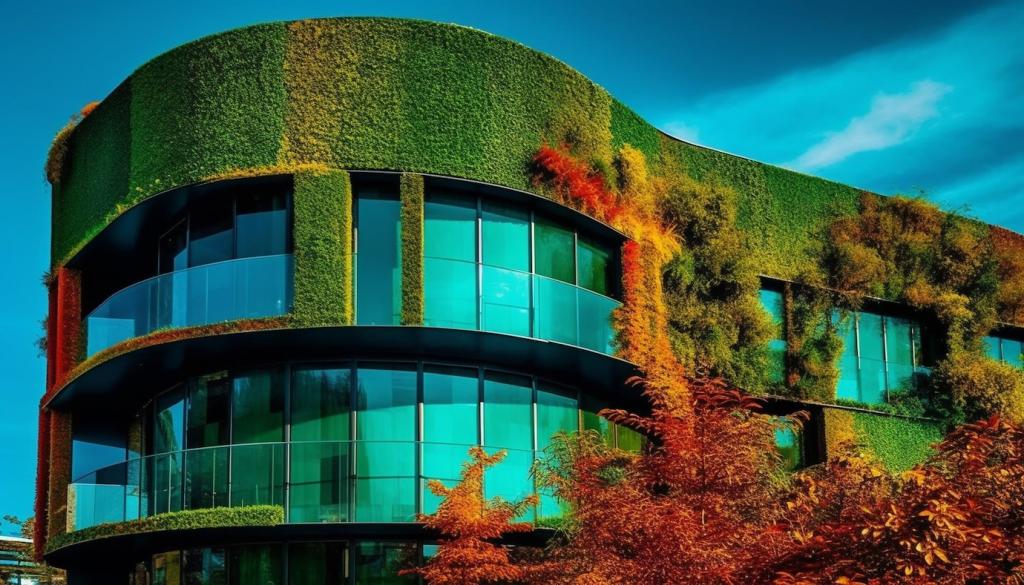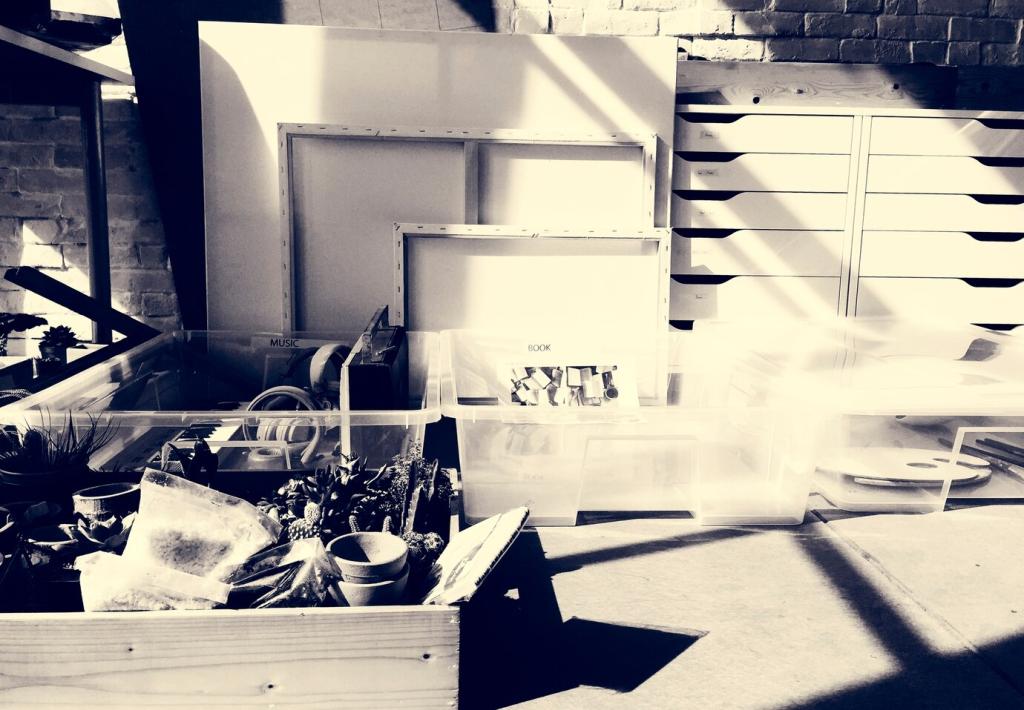Energy-Efficient Renovation Solutions
Advanced Insulation Techniques
High-performance wall insulation utilizes state-of-the-art materials such as spray foam, rigid foam boards, or advanced fiberglass batts. This approach addresses common weak spots in traditional wall systems, reducing thermal bridges and air leaks. As a result, indoor temperatures remain consistent, drafts are eliminated, and heating or cooling devices operate more efficiently. Enhanced wall insulation is especially effective in older homes, where original materials may be inadequate or deteriorated. By updating wall insulation, property owners enjoy quieter, more comfortable interiors and lower utility bills throughout the year.


Smart Heating, Cooling, and Ventilation

Programmable Thermostats and Zoning
Programmable thermostats allow users to fine-tune temperature settings based on daily routines, occupancy, and personal preferences. Further, zoned HVAC systems enable different areas of the home to be heated or cooled independently from one another. Together, these technologies prevent wasted energy by avoiding over-conditioning unused spaces. The combined effect is improved comfort, significant cost savings, and a reduced environmental footprint. By enabling precise climate control, programmable solutions support a more sustainable and energy-conscious lifestyle.

High-Efficiency HVAC Units
Modern high-efficiency heating and cooling units are built to deliver the same or better comfort levels as older systems but with dramatically lower energy use. Innovations like variable-speed compressors, advanced heat exchangers, and inverter-driven fans allow these systems to adjust output dynamically, matching real-time demand. High-efficiency HVAC units also feature quieter operation, better humidity control, and increased durability. Retrofitting with new, energy-saving models greatly improves overall efficiency and can qualify property owners for energy rebates or incentives.

Energy-Recovery Ventilation Systems
As buildings become more airtight to conserve energy, maintaining healthy indoor air quality becomes crucial. Energy-recovery ventilation (ERV) systems manage this balance by exchanging stale indoor air with fresh outdoor air while recovering heat or cooling from the outgoing stream. This process ensures minimal energy waste and stable indoor environmental conditions, all while expelling pollutants and excess moisture. ERV systems are especially important in energy-retrofitted properties where airtight construction could otherwise compromise air freshness and occupant health.
